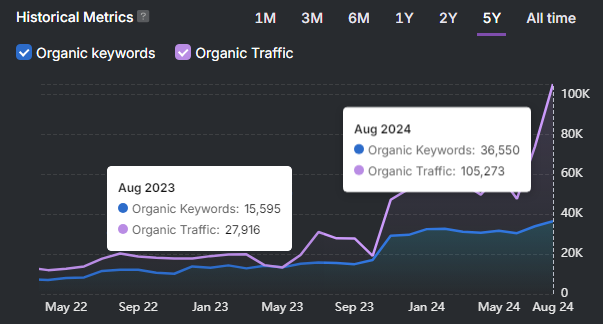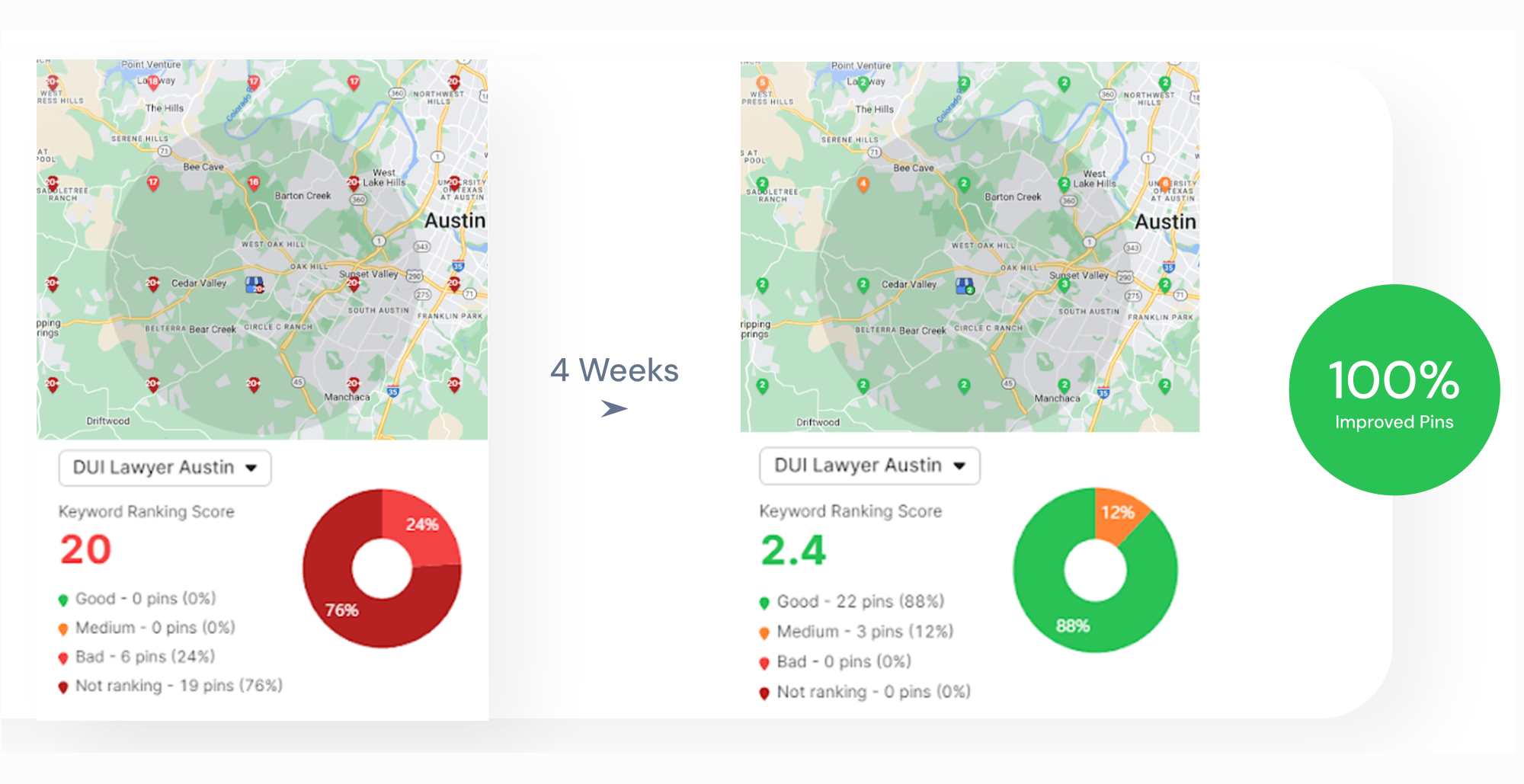SEO KPIs help you see what’s working and what needs improvement. 🔍
While the KPIs you’re tracking will vary based on your goals, there are some main KPIs most website owners and SEOs need to track.
And when you improve performance indicators like organic traffic, keyword rankings, and conversion rates, it can lead to more visitors and better engagement.
So let’s do a brief exploration of these metrics.
What Are SEO KPIs?
SEO KPIs, or key performance indicators, are the metrics you use to measure the success of your search engine optimization efforts.
They help you understand how well your website is performing in search engines and guide your strategy to improve visibility and traffic. To effectively use SEO KPIs, start by identifying the most relevant metrics for your goals, like organic traffic, keyword rankings, or conversion rates.
Track these KPIs consistently using tools like Google Analytics to gather data on your website’s performance. And when you have this information, you can pinpoint what’s working and where you need to make adjustments.

11 SEO KPIs You Must Track in 2025
While the final choice will vary depending on whether you’re optimizing for conversions, traffic, or leads, this KPI list is a good starting point for the majority of SEO professionals.
Let’s check it out.
1. Organic Traffic
Organic traffic measures the number of visitors coming to your site through unpaid search results. It’s also part of some newer authority metrics which can help you estimate how well a page will behave in the SERPs.
To boost organic traffic, focus on creating high-quality, relevant content that addresses common user queries in your niche.
Also, track which pages attract the most organic visitors and identify patterns or topics that generate interest. Regularly update your content to keep it fresh and engaging.
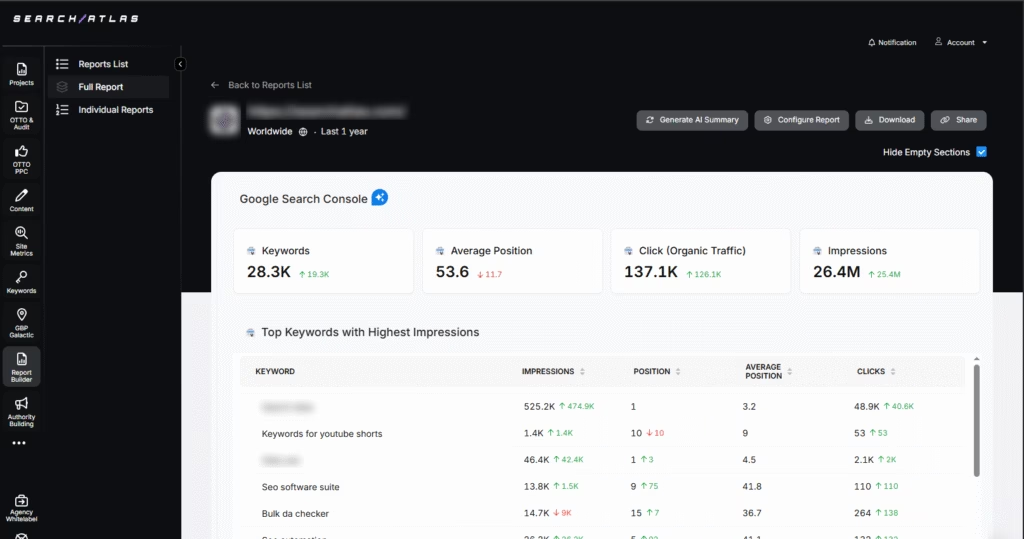
2. Keyword Rankings
Keyword rankings refer to your site’s position in search results for specific terms. You’ll want to target keywords that are relevant to your audience and industry, and regularly track their rankings. 📈
It’s also important to use tools that are not affected by Google’s latest Javascript update.
To improve rankings, ensure your content is optimized with these keywords naturally, and consider creating new content targeting less competitive long-tail keywords. Monitor changes closely and adjust your strategy based on what’s working and what’s not.
Finally, optimize your on-page SEO elements, such as meta tags and headings, to improve your search visibility.
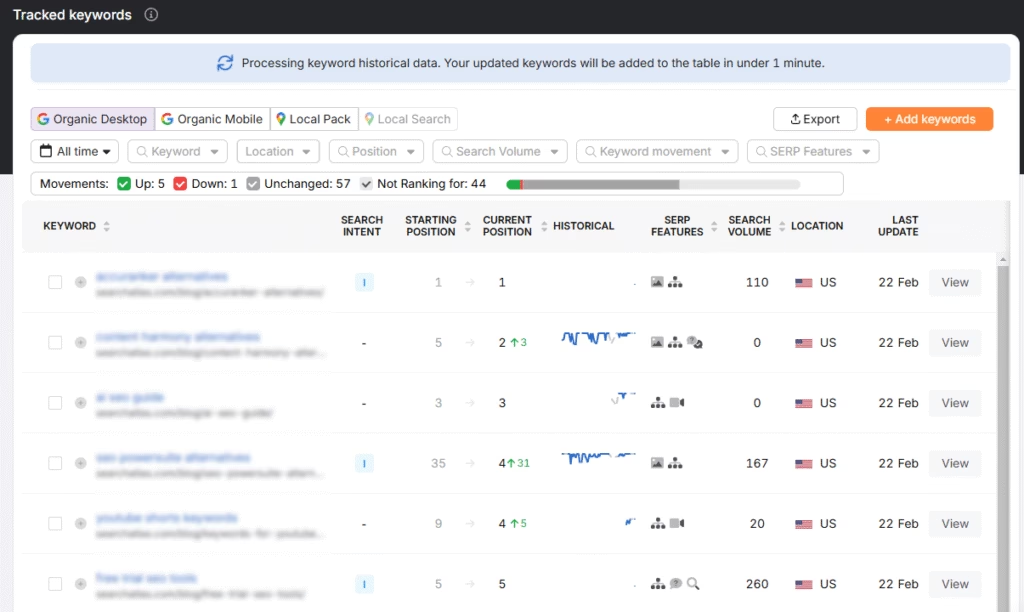
3. Click-Through Rate (CTR)
CTR is the percentage of users who click on your site link from search results.
One way to improve CTR is to refine your meta titles and descriptions, since they’re the first thing potential visitors see. This includes using action-oriented language to entice users to click, using power words, and regularly testing different versions.
Tools like Google Search Console can help you analyze which pages have low CTR and need attention. When you improve your CTR, you drive more traffic and signal that your page is relevant.
4. Bounce Rate
Bounce rate is one of the main SEO UX metrics you should track. It shows the percentage of visitors who leave after viewing a single page.
To reduce bounce rate, ensure your content is engaging and matches user intent. Also, improve page load speeds and make navigation intuitive.
Identify pages with high bounce rates and optimize them by enhancing content quality, adding internal links, or improving page design. A lower bounce rate often leads to higher user engagement and conversion rates.
However, consider this a simplified version of the bounce rate story. A high BR isn’t always an issue. Some types of pages have high bounce rates because the visitors find what they need immediately and leave satisfied.
5. Conversion Rate
Conversion rate measures how effectively your site turns visitors into customers or leads.
It’s basically the percentage of visitors who complete the desired action. The formula goes like this:
Conversion rate = (number of conversions ÷ total visitors) × 100
For example, if you have 5,000 website visitors and 250 conversions (purchases, sign-ups, or other things), your conversion rate is 5%.
To monitor this metric, set up conversion tracking in Google Analytics. Also, streamline your user journey by having clear calls to action and reducing friction points like lengthy forms.
Next, conduct A/B testing on different elements of your landing pages to see what converts best. Just remember that not all industries and channels have the same conversion rate benchmarks.
6. Backlink Profile
Your backlink profile consists of all links pointing to your site from other domains.
The way you set KPIs here should also include backlink quality, which is not only measured by the linking site’s DA (although that’s standard in link building agencies).
For example, some sites with high DA scores might have zero traffic, have artificially inflated scores, and other issues. There are new ways to measure a site’s authority and the value of its backlinks by looking at the site’s organic traffic, keywords, page quality, and other factors.
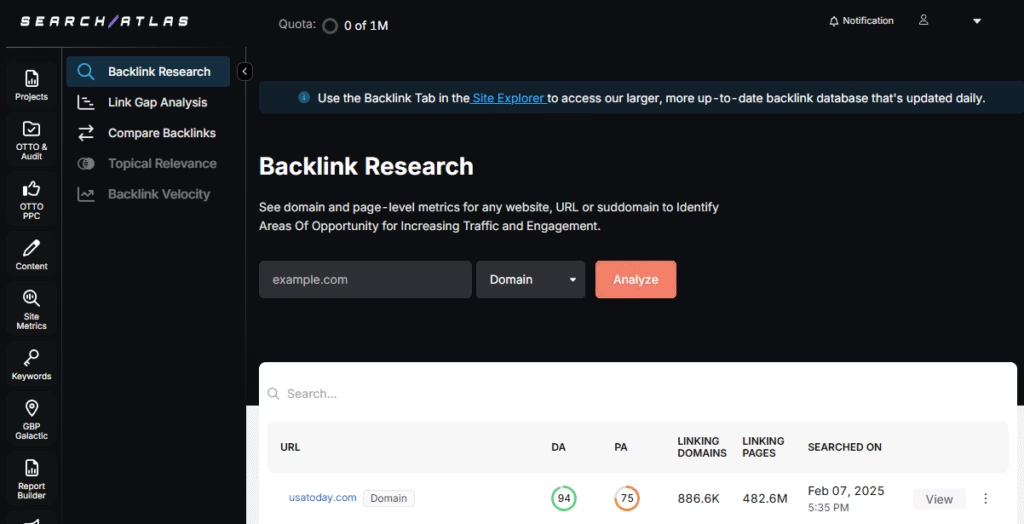
This makes the SERP result predictions more accurate, and helps you choose better backlinks.
To improve this KPI, focus on building relationships with reputable sites, guest blogging, link magnets, and automation with digital PR tools. Also, make time to audit your backlink profile and remove any harmful links that could negatively impact your SEO.
7. Page Load Time
Page load time impacts user experience and search rankings. Use tools like Site Auditor to identify elements slowing down your site and address them promptly.
Optimize images, leverage browser caching, and reduce server response times to improve load speeds. Faster pages enhance user satisfaction and can lead to better engagement and conversion rates.
8. Mobile Usability
With more users browsing on mobile, ensure your site is mobile-friendly. Focus on responsive design, easy navigation, and fast load times.
Periodically test your site on various devices to ensure consistent performance. Prioritizing mobile usability enhances user experience and can improve your rankings in mobile search results.
9. Google Business Profile Metrics
One of the main local SEO factors is an informative and up-to-date Google Business Profile. The KPIs you should set here should revolve around metrics such as views, clicks, and most importantly, the number of calls. 📞
Ensure your business information is accurate and regularly post updates or promotions to keep your profile active. A well-maintained profile can boost local visibility and increase your conversions, together with a website optimized for geographic relevance.
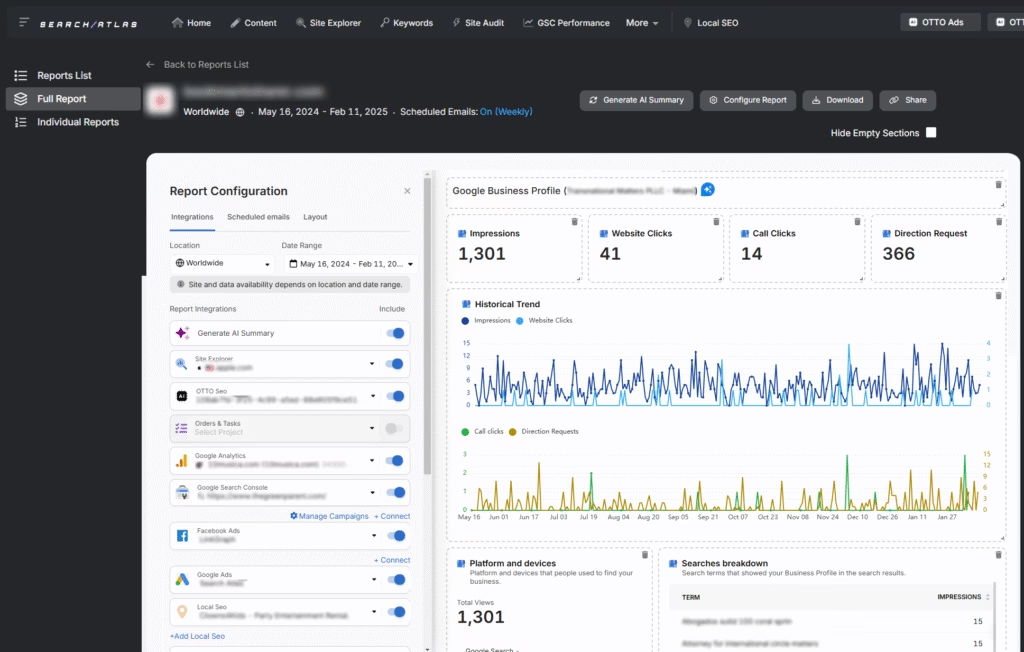
10. Return on Investment (ROI)
ROI measures the return from your SEO activities relative to their cost.
You calculate it by comparing revenue from organic traffic to your SEO expenses. Focus on high-impact strategies that generate the most value, like optimizing high-traffic pages or targeting lucrative keywords.
Regularly review your strategies to ensure they align with business goals and adjust tactics to maximize returns.
11. Average Session Duration
Average session duration is the total average time a visitor spends on your site. This shows you if they’re actually reading or watching your content, or browsing your products.
If it’s shorter than average, for your industry or service, you may need to improve your content or user experience.
Longer times show you you’re doing well.
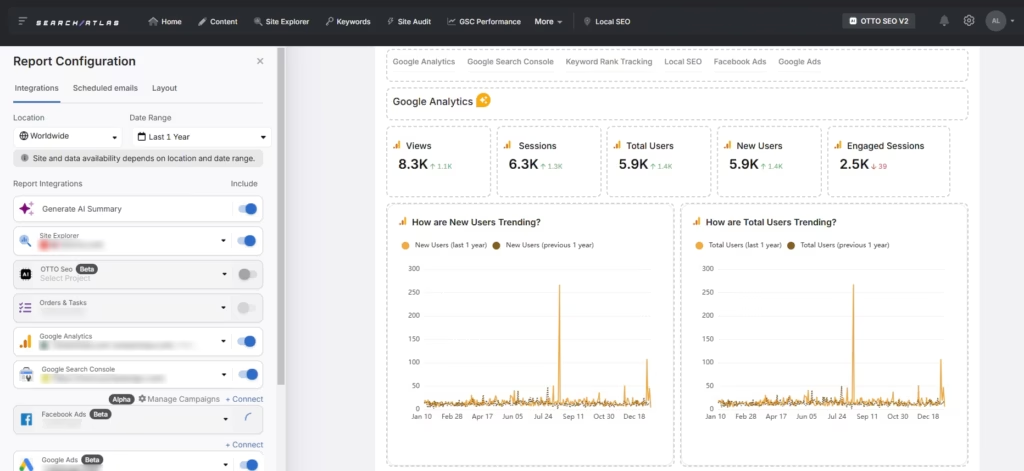
Mastering SEO KPIs for Success
Tracking the right SEO KPIs is crucial for understanding and enhancing your website’s performance in the competitive digital landscape. By focusing on key metrics like organic traffic, keyword rankings, and conversion rates, you can make informed decisions to boost your online presence.
Automation tools play a vital role in simplifying this process, allowing you to efficiently monitor and adjust your strategies without the manual hassle.
Ready to elevate your SEO game? Sign up for a free seven-day trial with Search Atlas today.
It’s a no-strings-attached opportunity to explore powerful tools. Dive in, and if it’s not for you, cancel anytime.









